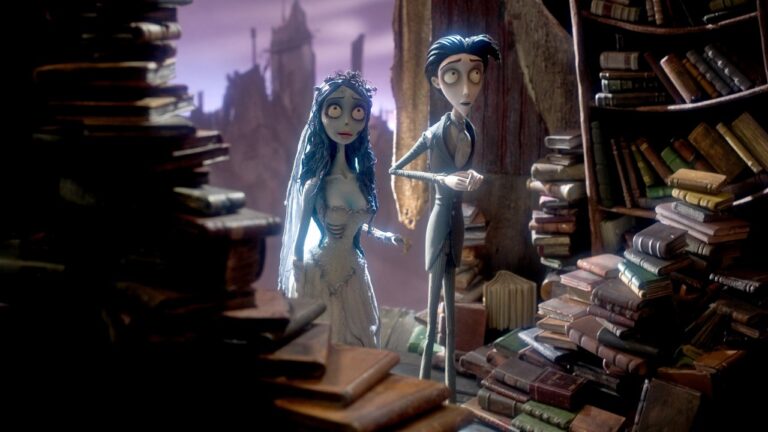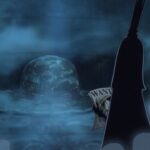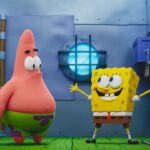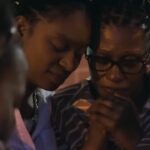As Halloween approaches, there is a renewed interest in animated films that capture a sense of unease, wonder, and imagination. The season often brings audiences back to stories that mix childhood nostalgia with quiet fear, blending the supernatural with themes of curiosity and courage. These films stand out for their artistry and storytelling depth, proving that animation can portray tension and emotion with as much precision as any live-action feature. Each one uses its own visual technique, whether stop-motion, motion-capture, or 3-D printing, to construct worlds that feel tangible and distinct.
What connects these works is how they explore fear through empathy rather than spectacle. They allow us to see ghosts, monsters, and spirits not as distant terrors, but as reflections of human feeling and memory. Their stories are inventive yet familiar, reminding us that imagination often reveals as much about ourselves as it does about the worlds onscreen. This list highlights five animated films that continue to define the darker edge of the genre, offering reflection, artistry, and mystery in equal measure.
5. ParaNorman (2012)
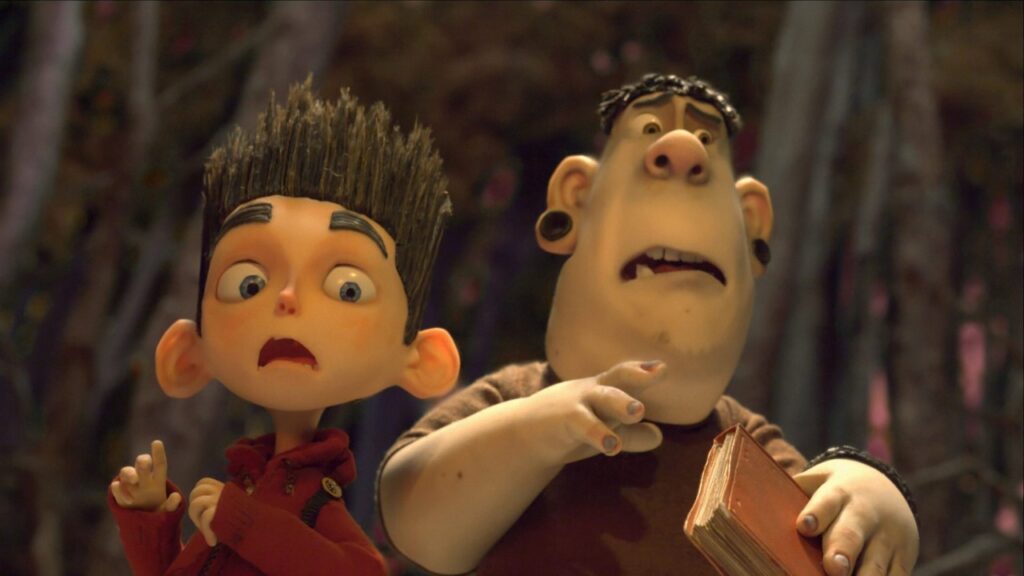
Directed by Chris Butler and Sam Fell and produced by Laika, ParaNorman expanded the studio’s use of 3-D printing, creating full-color replacement faces for its puppets. The story centers on Norman, a boy who can communicate with ghosts and must confront an old curse threatening his town. The film includes one of the first openly LGBTQIA+ characters in mainstream animation, reflecting its broader message of empathy and understanding. Blending supernatural elements with social awareness, ParaNorman suggests that courage is not about defeating fear, but about recognizing it in others.
4. Corpse Bride (2005)
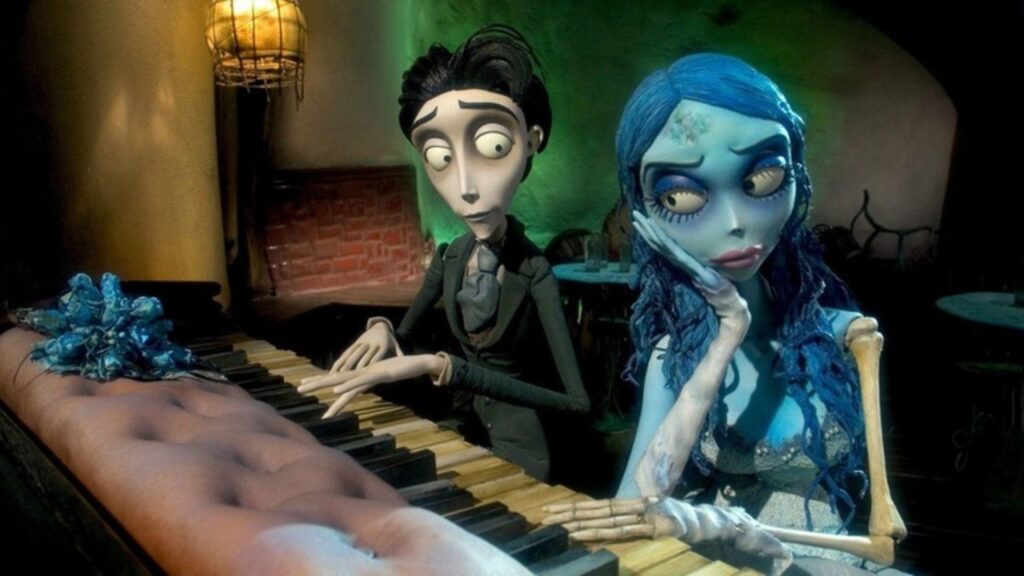
Co-directed by Tim Burton and Mike Johnson, Corpse Bride draws from a 19th-century Jewish folktale about a groom who accidentally marries a corpse while rehearsing his vows. Johnny Depp voices Victor Van Dort, giving the character a quiet vulnerability that matches the film’s somber elegance. The contrast between the gray, muted world of the living and the vibrant, colorful Land of the Dead adds both irony and depth. This inversion of tone allows the story to question what it means to truly live, using the afterlife as a mirror for love, regret, and acceptance.
3. Coraline (2009)

Directed by Henry Selick and produced by Laika, Coraline adapts Neil Gaiman’s novella into a detailed stop-motion 3-D film. It was the first stop-motion feature shot entirely in stereoscopic 3-D, with Laika using advanced 3-D printing to create hundreds of subtle facial expressions. The story follows Coraline as she enters an alternate world ruled by the Beldam, a figure both maternal and menacing. The film’s tone is carefully balanced, presenting danger through fascination rather than fear. It demonstrates how technical precision and narrative structure can merge seamlessly, creating a world that is as thoughtful as it is unsettling.
2. The Nightmare Before Christmas (1993)
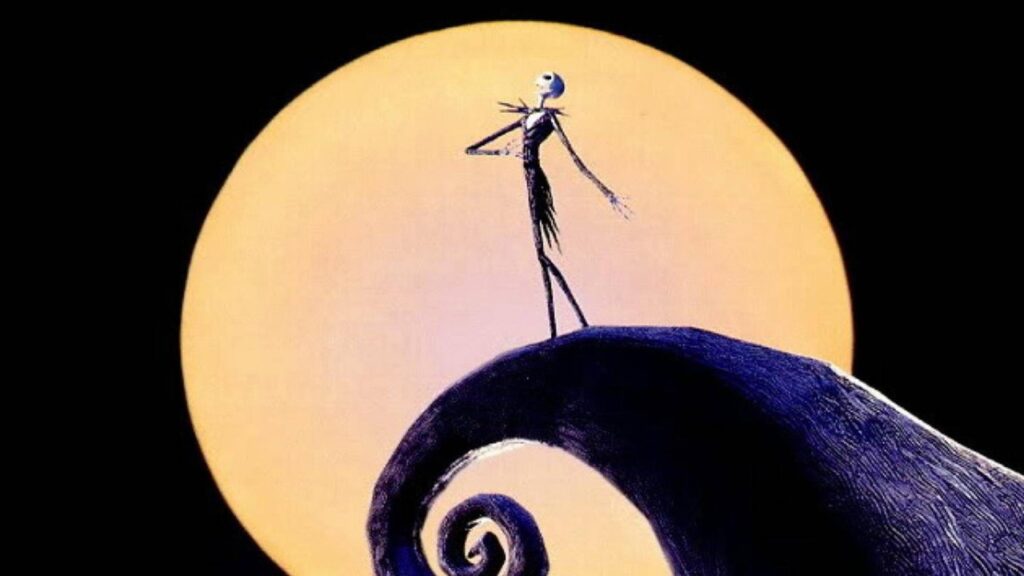
Tim Burton conceived the story as a poem, but Henry Selick directed the stop-motion adaptation. Released under Touchstone Pictures because Disney considered it too dark for children, it was later reissued under the Disney banner in 2006. Danny Elfman composed the score and provided Jack Skellington’s singing voice, adding emotional texture to the film’s musical framework. Its combination of Gothic design, sharp humor, and melancholy has given it lasting influence, shaping modern animation’s visual and cultural language. The film’s continued relevance lies in how it balances the eerie with the heartfelt, turning a tale of misfit ambition into something timeless.
1. Monster House (2006)
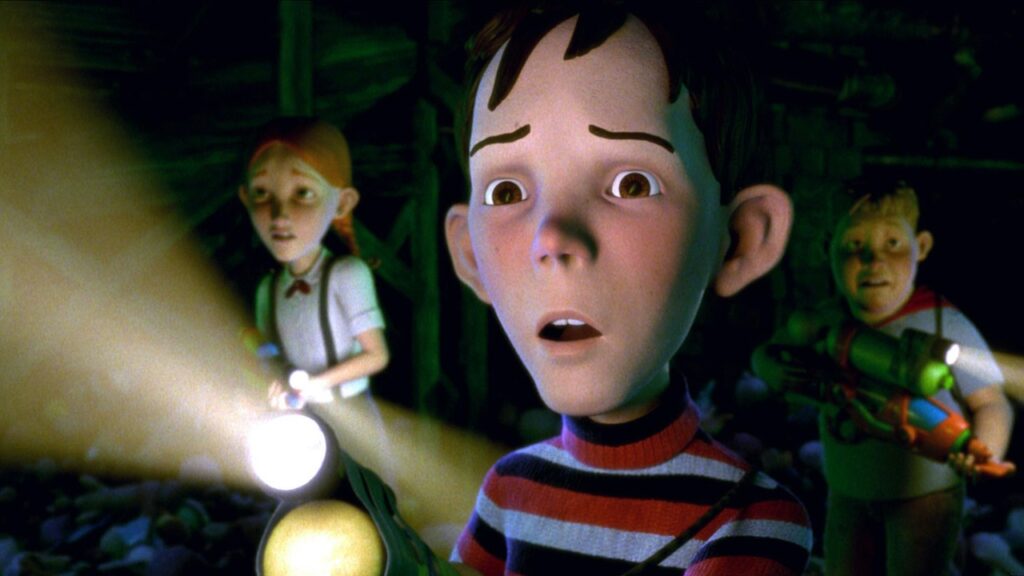
Monster House is often mistaken for a stop-motion film, but it is a fully computer-animated work that uses motion-capture to create realistic movement. The story follows three children who discover that their neighbor’s house is alive, driven by the vengeful spirit of Constance, the owner’s late wife. Inspired by 1980s horror-comedies like The ‘Burbs and Ghostbusters, the film balances tension with humor, echoing the adventurous tone of classic suburban mysteries. Executive produced by Robert Zemeckis, it employs the same technology used in The Polar Express, giving the animation a distinctive realism. What makes the story memorable is how the house itself becomes a character, both frightening and tragic.
